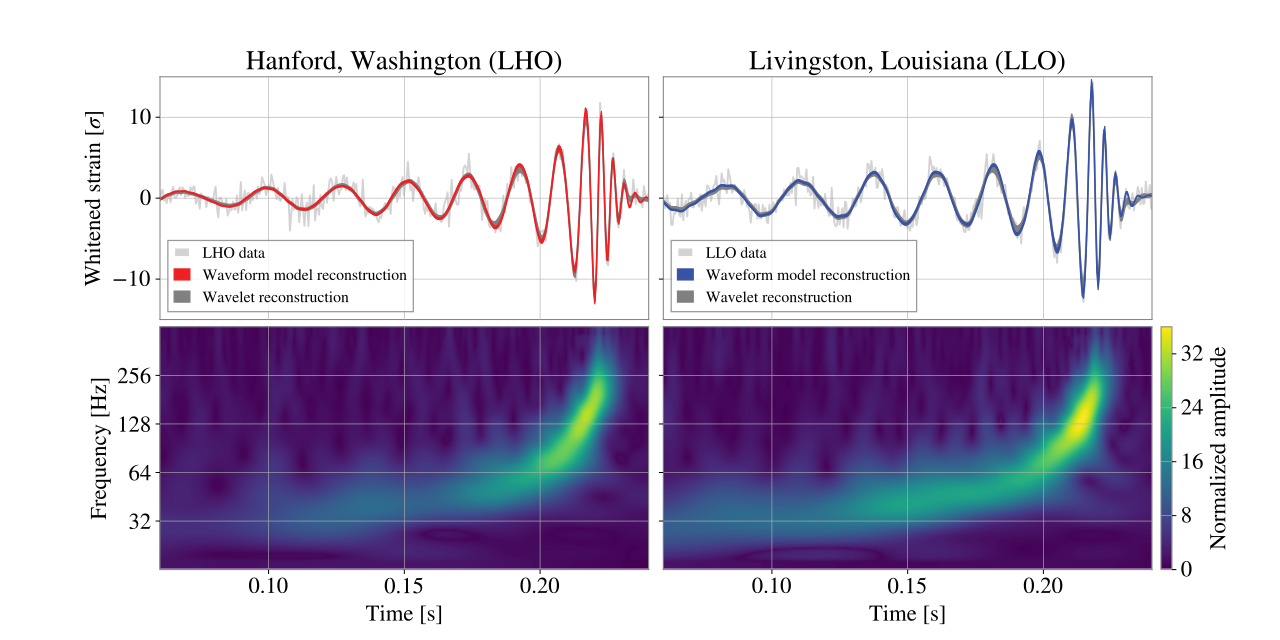Gravitational waves are perhaps the most extraordinary signals in modern astronomy. When black holes or neutron stars collide billions of light years away, they send ripples through spacetime itself that eventually wash over Earth, stretching and squeezing space by distances smaller than a proton. The LIGO, Virgo, and KAGRA detectors exist to catch these impossibly faint whispers from the universe's most violent events, and their latest observation campaign proved remarkably successful.
 Part of the KAGRA gravitational-wave detector during construction (Credit : Christopher Berry)
Part of the KAGRA gravitational-wave detector during construction (Credit : Christopher Berry)
The fourth observation run, called O4, began in May 2023 and concluded this month after more than two years of coordinated monitoring. The international collaboration detected approximately 250 new gravitational wave signals during this period, a staggering number that represents over two thirds of the roughly 350 gravitational waves discovered since detections began. The dramatic increase comes from steady improvements in detector sensitivity, allowing the instruments to hear collisions farther away and detect fainter signals.
Several discoveries from O4 have already made headlines. Event GW250114 captured two black holes merging with unprecedented clarity, providing the first observational confirmation of Stephen Hawking's area theory from 1971. Hawking predicted that the total surface area of black holes cannot decrease. The initial black holes in this collision had a combined surface area of 240,000 square kilometres, while the final merged black hole measured roughly 400,000 square kilometres, a clear increase that validates Hawking's mathematics.
 Representation of the data corresponding to the gravitational signal GW250114 and its reconstruction. The top panels represent the data time series in both detectors, with the reconstructed waveform superimposed. The bottom panels show a time-frequency representation of the data (Credit : LVK collaboration)
Representation of the data corresponding to the gravitational signal GW250114 and its reconstruction. The top panels represent the data time series in both detectors, with the reconstructed waveform superimposed. The bottom panels show a time-frequency representation of the data (Credit : LVK collaboration)
Perhaps more intriguing were events GW241011 and GW241110, which scientists identify as second generation black holes. These objects show unusual characteristics in their masses and rotational orientations that suggest they're not pristine black holes formed from collapsing stars, but rather products of previous mergers. These systems likely formed in dense, chaotic environments like star clusters where black holes frequently collide and merge multiple times, creating ever larger objects through successive collisions.
The campaign also detected GW231123, the most massive black hole merger observed to date. The collision produced a final black hole exceeding 225 times our Sun's mass, an extreme result that challenges current models of how stellar evolution creates black holes.
Hundreds of additional events from O4 await detailed analysis, with researchers promising a comprehensive catalogue in coming months. Meanwhile, the three detectors prepare for technological upgrades over the next few years. The improvements will be implemented in stages, with a new observation campaign launching in late summer or early autumn 2026 for approximately six months.
The success of O4 demonstrates how gravitational wave astronomy has matured from detecting a handful of events to routinely monitoring collisions across the universe, opening an entirely new window onto phenomena that remained invisible until just a decade ago.
Source : LIGO, VIRGO AND KAGRA COMPLETE THE RICHEST OBSERVATION RUN TO DATE

